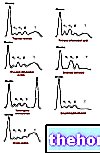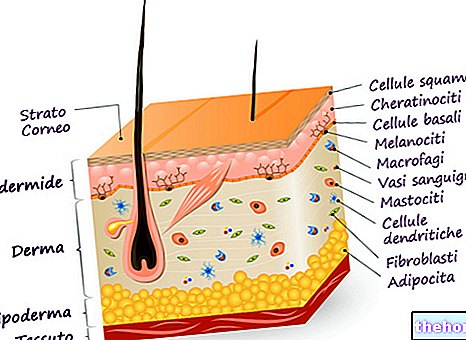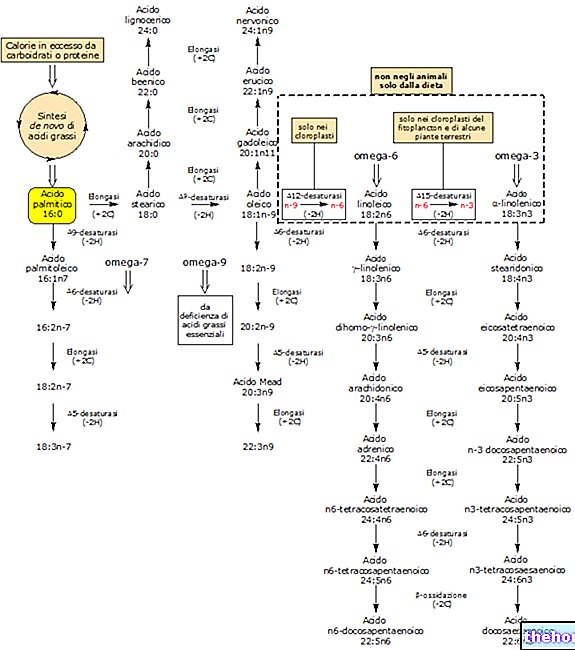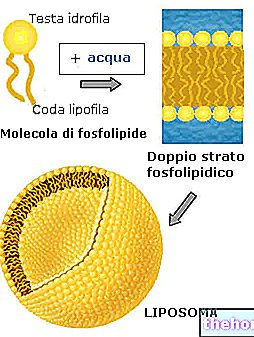See also: oxytocin in pregnancy
What is Oxytocin
Oxytocin is a hormone produced by the hypothalamus and secreted by the neurohypophysis, an anatomical structure the size of a bean, located at the base of the brain. Enclosed and protected by a bony niche, the pituitary consists of two contiguous glands that give origin to an anterior portion and to a posterior portion (neurohypophysis).
Biological functions
Oxytocin is a protein-based hormone (a peptide of nine amino acids) which acts mainly on the breast and uterus. During labor and delivery it causes contractions of the smooth uterine muscle cells, favoring the expulsion of the fetus.
Exogenous oxytocin is administered intravenously to induce labor, or to pilot it if contractions are inadequate and excessively prolong its duration.
During breastfeeding, the baby's sucking on the nipple stimulates the release of oxytocin, which in turn promotes the contraction of the smooth muscles around the mammary glands, increasing the ejection of milk. Milk production is instead controlled by prolactin, another hormone secreted by the anterior part of the pituitary gland (pituitary).
Unlike prolactin, oxytocin is sensitive to physical or psychic stimulations related to breastfeeding and independent of the stimulus on the nipple. A fright or a loud noise can, for example, block the reflex secretion of oxytocin and hinder the ejection of milk during breastfeeding. On the contrary, the mere sight of the newborn or hearing his cry favors the rise in serum levels of oxytocin.
Psychoactive activities
This characteristic of the hormone introduces a more complex discourse, linked to the recent discoveries on the psychoactive properties of oxytocin.
In addition to the classic hormonal functions described above, oxytocin also has the ability to regulate social, sexual and maternal behaviors. In the male, for example, it intervenes in the regulation of sexual pleasure, influencing the volume of ejaculate and the mobility of spermatozoa, favoring the establishment of a sentimental relationship and the development of the parental instinct. More than with mating, oxytocin is in fact correlated above all with the formation of an emotional bond between man and woman. A study conducted on monogamous country mice showed that these had significantly higher levels of oxytocin than other related but polygamous species.
In recent times, oxytocin has been linked to the formation of strong emotional bonds between individuals who have sexual relations.
Finally, some scholars hypothesize that defects in the nerve pathways modulated by oxytocin in the brain are somehow related to autism, a pathological behavior characterized by the inability to establish normal social relationships.



.jpg)












.jpg)











